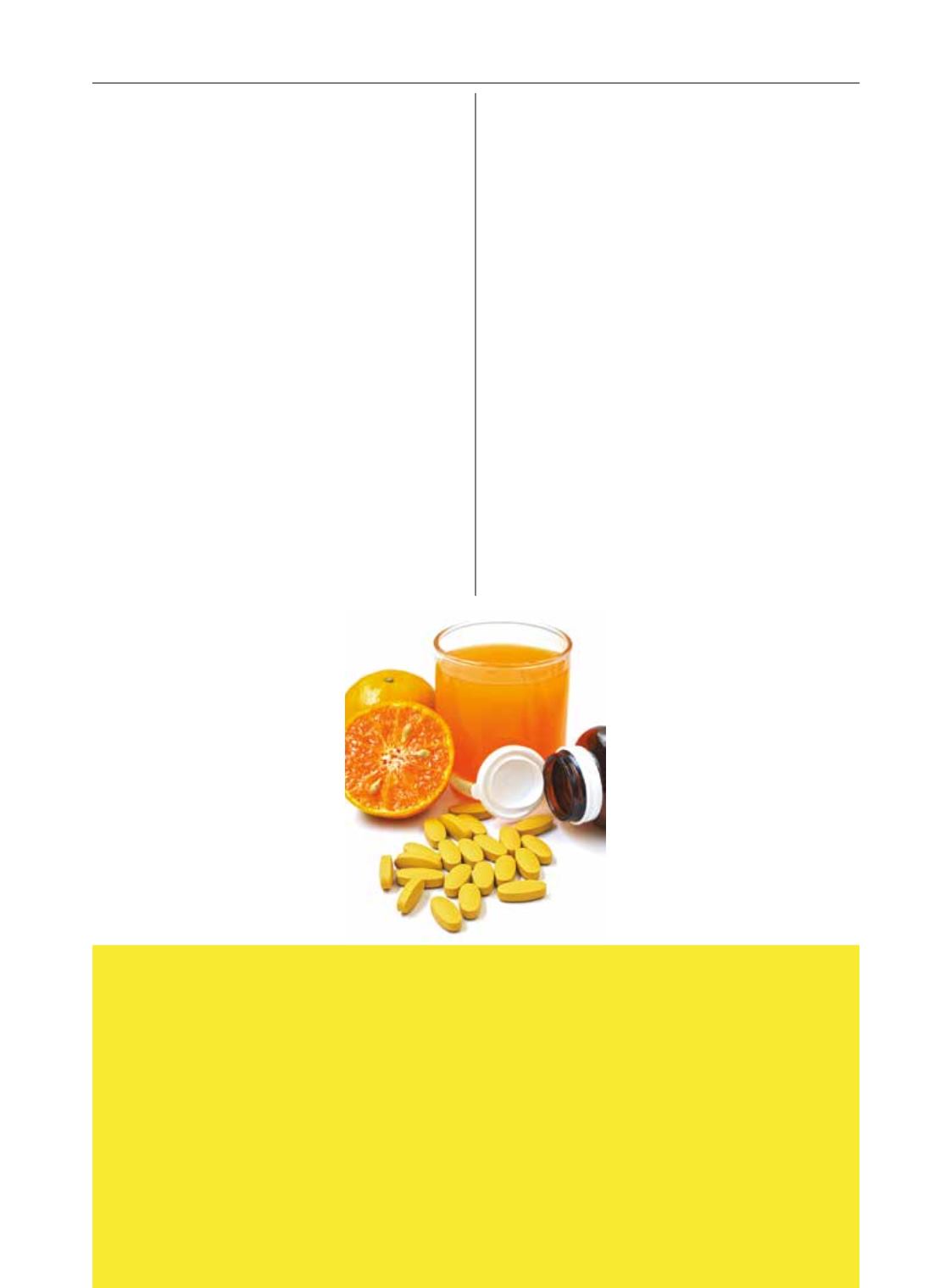

FLOW-MEDIATED DILATION
A noninvasive test called flow-mediated dilatation
(FMD) can evaluate endothelial function by measuring
the increase in diameter of an artery after five minutes of
occluded circulation. Normally the diameter of an artery
increases when circulation is reestablished, but not so
with endothelial dysfunction. Several factors, including
exercise and eating various foods, can elicit transitory
endothelial dysfunction. It is suspected that repeated
endothelial injury may contribute to atherosclerosis and
acute heart conditions.
Using FMD, researchers found endothelial
dysfunction in divers during open-water diving and
in hyperbaric chambers. Studies showed that FMD
reduction was more pronounced after nitrox dives
but practically unchanged after successive dives and
air dives. Variability of response was large, however,
and there is no obvious link between FMD findings
and cardiovascular disease in divers. Diminished
endothelial function is a reality of aging, and diving has
not been proven to exacerbate it.
ANTIOXIDANTS
Antioxidants include vitamins
such as vitamin A and vitamin C as
well as minerals such as selenium,
plant products such as flavonoids
and animal products such as
melatonin and omega-3 fatty acids.
Antioxidants are used in attempts
to control oxidative stress and
prevent related diseases. The big
three are vitamin E, vitamin C
and glutathione. Numerous other
small molecules — including
polyphenols, carotenoids, bilirubin
and uric acid — function as
antioxidants. These are contained
in foods and drinks including meat, citrus, chocolate, tea
and wine.
In addition to supporting many bodily functions,
vitamin E (tocopherol) is also an antioxidant, readily
reacting with and inactivating ROS. Used vitamin E is
recycled with the help of vitamin C. Natural sources of
vitamin E are abundant, and normal nutrition provides
enough to meet physiological needs. Larger doses of
vitamin E have been used in efforts to treat various
diseases such as hypertension, heart disease, cancer
and more, but studies have not found any unequivocal
proof of benefits. High doses of vitamin E can lead to
hypervitaminosis E with possible vitamin K deficiency
and increased risk of bleeding. Vitamin E was one
of the first supplements used to try to prevent acute
oxygen toxicity in humans, but it was unsuccessful.
Vitamin C enhances wound healing. Animal studies
have shown that vitamin C can prevent vasoconstriction
of coronary arteries caused by hyperoxia. In human
studies, vitamin C blocked hyperoxic vasoconstriction
and maintained forearm bloodflow. Researchers studied
possible protective effects of vitamin C and vitamin E
in healthy divers. Divers who received a single dose of
2,000 mg of vitamin C and 400
IU of vitamin E two hours prior
to diving had normal endothelial
function, and those who received
a placebo exhibited endothelial
dysfunction. In another study,
divers who received 1,000 mg of
vitamin C and 400 IU of vitamin
E daily for four weeks showed
attenuated postdive decrease
in FMD. In the same studies,
vitamins prevented changes
in other measurements of
cardiovascular function that seem
to occur regularly in diving.
Oxidative Stress
The energy necessary to sustain life is produced within cells by oxidative metabolism. This process breaks down complex molecules from
micronutrients, freeing their chemical energy and storing it in ready-to-use packages called adenosine triphosphate (ATP). This can occur
through several pathways, but the only sustainable process includes oxygen as a receiver of electrons freed from the energy-rich chemical
bounds. In that process, various forms of very reactive oxygen-containing molecules arise. Called reactive oxygen species (ROS), or oxygen
radicals, these molecules play important roles in health and disease.
The amount of ROS increases with physical activity and intensity of metabolism. Exposure to hypoxia, hyperoxia and ionizing radiation may
also increase production of ROS. White blood cells in contact with bacteria release huge amounts of ROS, which kills bacteria. Surplus ROS
can be neutralized by various protective substances called antioxidants. Oxidative stress is a condition in which the amount of generated
ROS exceeds existing antioxidant capacities. Mild oxygen stress can improve bodily functions (promoting muscle growth, for example), but
excessive stress can cause various diseases and speed up aging. Efforts to prevent diseases and extend life include strategies to reduce
oxidative stress and increase the availability of antioxidants in the body.
ALERTDIVER.COM|
83
VANATCHANAN/SHUTTERSTOCK


















